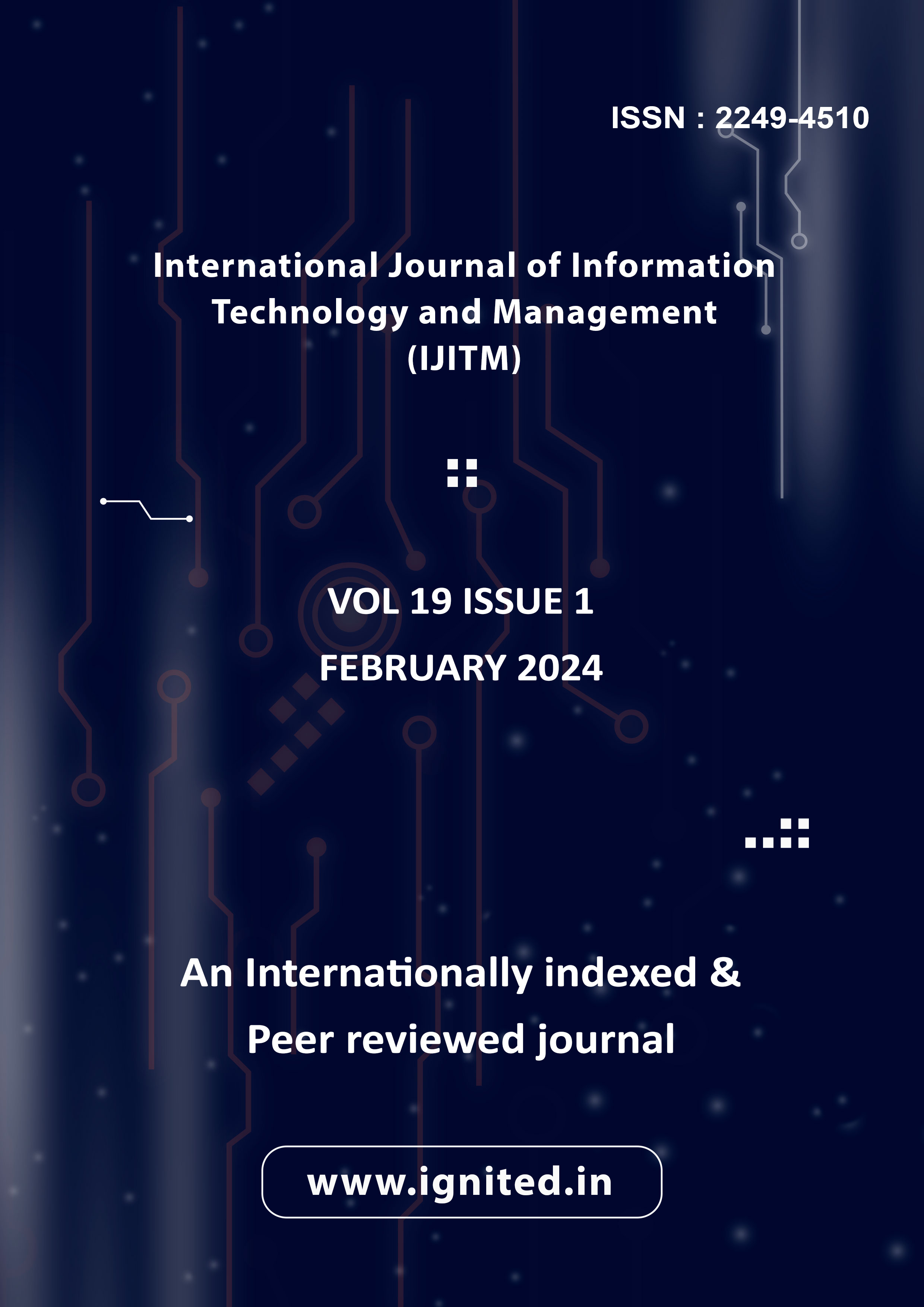The Influence of Leadership Styles on the Efficiency of Higher Educational Institutions in Himachal Pradesh
Main Article Content
Authors
Abstract
The primary objective of this current study is to conduct a comprehensive analysis of the ways in which various leadership styles influence the overall organisational effectiveness of higher education institutions. Furthermore, the goal of the research is to determine whether demographic variables have an impact on the evaluation of organisational efficacy and the perceptions of leadership of individuals within these institutions. Data were meticulously collected from a sample of 215 teachers in Himachal Pradesh, India, who held a variety of positions at both private and public higher educational institutions. This was done in order to attain these objectives. The results of this study provide compelling insights: Initially, it is clear that demographic variables, at least to a certain extent, influence perceptions of organisational efficacy and leadership within higher education institutions. These variables include, but are not limited to, age, gender, educational background, and years of experience. Secondly, the research emphasizes a substantial correlation between the organisational efficacy of these institutions and the transactional style of leadership. In the context of higher education in Himachal Pradesh, transactional leadership is a significant influence on organisational efficacy, as it is defined by a focus on structured rewards and explicit communication of expectations. These results enhance comprehension of the manner in which demographic factors and leadership dynamics interact to influence the operational efficiency of educational institutions in this region.
Downloads
Article Details
Section
References
- Ali, H., & Ali, H. (2011). Demographics and spiritual leadership: Empirical evidence from Pakistan. Business and Management Review, 1(10), 36-42.
- Andersen, J. A. (2010). Public versus private managers: How public and private managers differ in leadership behavior. Public administration review, 70(1), 131-141.
- Bryman, A., & Lilley, S. (2009). Leadership researchers on leadership in higher education. Leadership, 5(3), 331-346.
- Eagly, A. H., Johannesen-Schmidt, M. C., & Van Engen, M. L. (2003). Transformational, transactional, and laissez-faire leadership styles: a meta-analysis comparing women and men. Psychological bulletin, 129(4), 569.
- Erkutlu, H. (2008). The impact of transformational leadership on organizational and leadership effectiveness: The Turkish case. Journal of management development, 27(7), 708-726.
- Gill, R. (2009). Leadership in the public sector–is it different. Leadership trust.
- Hansen, J. R., & Villadsen, A. R. (2010). Comparing public and private managers' leadership styles: Understanding the role of job context. International Public Management Journal, 13(3), 247-274.
- Joyce, P. (2009). Leadership and organisational effectiveness–lessons to be drawn from education?. Journal of Nursing Management, 17(4), 494-502.
- Kunze, F., Boehm, S., & Bruch, H. (2013). Organizational performance consequences of age diversity: Inspecting the role of diversity‐friendly HR policies and top managers’ negative age stereotypes. Journal of Management Studies, 50(3), 413-442.
- Martin, E., Trigwell, K., Prosser, M., & Ramsden, P. (2003). Variation in the experience of leadership of teaching in higher education. Studies in higher Education, 28(3), 247-259.
- Marzano, R. J., Waters, T., & McNulty, B. A. (2005). School leadership that works: From research to results. ASCD.
- Nahavandi, A., Denhardt, R. B., Denhardt, J. V., & Aristigueta, M. P. (2013). Organizational behavior. Sage Publications.
- Nayak, B. (2011). Leadership style of managers and supervisors: A case study of Rourkela Steel Plant in India. European Journal of Economics, Finance and Administrative Sciences, 42, 29-41.
- Northouse, P. G. (2021). Leadership: Theory and practice. Sage publications.
- Oshagbemi, T. (2004). Age influences on the leadership styles and behaviour of managers. Employee relations, 26(1), 14-29.
- Scott, G., Coates, H., & Anderson, M. (2008). Learning leaders in times of change: Academic leadership capabilities for Australian higher education.
- Shakir, M. (2013). Impact of age, gender, and length of experience on the effectiveness of secondary school principals. Research Analysis and Evaluation, 4(46), 40-44.
- Williams, R. (2006). Leadership for school reform: do principal decision-making styles reflect a collaborative approach?. Canadian Journal of Educational Administration and Policy, (53).

